This is a post written in collaboration with Udemy—we’re honored to work with anyone this dedicated to learning and personal development, because, to paraphrase Maya Angelou, when we know better, we do better. ~ ed.
“What you’re experiencing is typical of PTSD,” my psychologist told me.
Wait…what?
I hadn’t been to war. I wasn’t a survivor of some large-scale disastrous event. I had never been physically assaulted.
Turns out I’m not the only one who’s surprised at the trauma I’m carrying around, and the effect it’s had on my physical, mental, and emotional well-being.
Most of us tend to think of trauma as something physical. It’s actually defined by the National Institute of Mental Health as “a terrifying ordeal that involved physical harm or the threat of physical harm…or having witnessed a harmful event that happened to loved ones or strangers.”
Because of this, we tend to think of PTSD (post traumatic stress disorder) as something reserved for soldiers, firefighters, or fire line responders.
In fact, 70% of adults in the U.S. have experienced some type of traumatic event at least once in their lives. This equates to approximately 223.4 million people. And 20% of those people will go on to develop PTSD. Women are generally more likely than men to develop PTSD, with 10% of all women experiencing PTSD in their lifetimes.
The truth is, many more of us are dealing with the aftermath of trauma than we realize.
What counts as trauma?
Trauma comes in many shapes and sizes.
For me, it was the untimely and painful death of someone close to me.
For countless women (and many men, too) it’s an abusive relationship: whether verbal, emotional, or physical. In many cases, it’s the most sensitive and empathic of us who end up in these relationships, and are then left to cope with this aftermath.
Claim back your life after an abusive relationship >>
In the hyper-informed and connected world we live in, we don’t even have to experience trauma first-hand to experience the effects of it. More of us are absorbing each other’s trauma. We are exposed to so much of each other’s pain and suffering through the news and social media that it’s actually hard not to be affected.
The other aspect of trauma that is being talked about more lately is inherited, or ancestral trauma. After all, energy can be passed on from one person to another, and if our mother or father, or even our grandparents experienced something deeply traumatic, it’s not uncommon for us to still be carrying some remains of that energetic baggage, generations down the line.
So, if most of us have been affected by trauma in some way, how to we begin to repair the damage—heal ourselves, reclaim our power, and take back our lives?
I was able to afford to see a psychologist, and of course I do recommend seeking professional help first and foremost. But, once I’d gotten that help, the work of healing was ultimately up to me. Many of us also can’t afford the kind of professional help we all deserve. Thankfully, there is so much quality, affordable guidance available online.
But, a word of warning: make sure any online course you do or article you read is well researched, and backed by a reputable organisation. There are a lot of charlatan “healers” out there.
With that in mind, here are five tools that helped me get my life back after trauma & PTSD:
These courses were like bridges for me—from the long, dark tunnel that I found myself in, toward the light.
With knowledge comes power. And the best kind of power imaginable is the power to change ourselves.
1. Radical Acceptance.
Acceptance is the first step on the path to healing the grief that comes with trauma. This often manifests as a feeling that we are somehow “broken” or there is something inherently “wrong” with us. And it often originates in childhood trauma: an event as seemingly minor as a teacher who told us off in front of the class once, or something a parent said to us that stuck…
This, accompanied by our judgment of others, keeps us at war with life. When we don’t face this part our ourselves, our fear, blame, and shame prevent us from living and loving fully.
Tara Brach, Ph.D., clinical psychologist, internationally renowned teacher of mindfulness meditation, and author of the bestselling book, Radical Acceptance, teaches a course by the same name on Udemy*. It helped me deal with my own grief, unrecognized trauma, and unresolved fear, which was the root of my constant state of “fight or flight,” one of the symptoms of my PTSD.
Her approach empowered me to see clearly what was happening in the moment and respond to it with awareness, rather than fear. The course comprises lectures, guided meditations (ideally used many times, going deeper each time), and question and answer sessions. I now able better able to navigate painful situations in my life without falling back into my habitual “I’m broken” mode.
Tara’s course empowered me to look at myself and others with courage and kindness.
Learn to accept who you really are & live life more freely >>
*Elephant readers get up to 90% off courses for a limited time via this article
2. Therapeutic Yoga.
The energy of trauma gets stuck in our bodies and we literally carry it around with us. Moving our bodies is a way to connect with how we’re feeling—emotionally and physically—and to release that energetic baggage.
I started practicing yoga several years ago, but found that I wasn’t always experiencing the deep healing benefits my teachers and others online spoke about. I still felt really stuck in some parts of my body, especially my hips (hello trauma warehouse!).
This is when I discovered Yoga Medicine’s Guide to Therapeutic Yoga on Udemy*.
A lot of us assume that by going through the motions of a physical yoga practice, we are getting all the benefits. But this may not be the case, according to Tiffany Cruikshank, health and wellness expert, founder of Yoga Medicine, and instructor of this course.
From her, I learned key insights on anatomy, physiology, and mental health that I was able to immediately put into use. Her instruction helped me develop my practice in harmony with my body’s own unique reflexes, instincts, and trauma warehousing patterns.
Rather than a set of classes you repeat (and become dependent upon!), this course empowered me with deep understanding. It taught me how to move my body in more specifically healing ways, in all settings, so I could start to experience a more therapeutic effect from my yoga practice. And I found that it spilled off the mat into all other areas of my life, too.
Tap into your body’s in-built rest & recovery mode >>
*Elephant readers get up to 90% off courses for a limited time via this article
3. Crystal Healing.
Yep, I also used to be super skeptical when it came to stuff like this…until I actually experienced it. For me, the proof was in the results.
In short, every crystal emits a unique energetic frequency, and also stores energy it receives from the environment. Much like the cells in our bodies actually. So, when we come into contact with a crystal, our energy field meets its energy field and our frequency begins to raise to match its frequency. Every crystal has different properties, depending on its unique composition and its important to understand this if you’re going to use them for healing…
Author, crystal healer and Reiki master, Debbie Hardy’s course, Exploring Basic Ways to Use Crystals For Your Well-being, on Udemy*, taught me how crystal energy works, how to select crystals and care for them, and how to diffuse negative energy with them. I also learned how to meditate with crystals, explored the main points of the seven chakras and what crystals can help balance those areas that are unbalanced (often through trauma).
Using crystals in my life really helped me to reduce my feelings of stress and negativity, and tap into the innate energies of love and abundance that are always present within all of us, even when we lose touch with them.
I also learned how to sage smudge, which I now use whenever I feel the need to clear my energetic space, releasing trauma and grief once again…because, let’s face it: healing is not a linear process.
Release negativity & heal yourself with crystals >>
*Elephant readers get up to 90% off courses for a limited time via this article
4. Recovering from my Relationship with a Narcissist.
Part of my healing process was finally seeing the light when it came to one of the most formative relationships in my life. In my case, it wasn’t a partnership, but another important relationship that I realized fit the “empath-narcissist” model. It dawned on me that part of my PTSD went way back beyond the one traumatic event I’d already identified.
Having this powerful narcissistic personality in my life from an early age had resulted in many of the issues people who have been in relationships with narcissists know well: low self-esteem, persistent negative self-talk, codependency, to the point of becoming addicted to unhealthy relationships, and an inability to set strong, healthy boundaries.
Recovering from a Narcissist, a Udemy* course by TV Executive Producer and Domestic Violence Survivor, Vivian McGrath was what kickstarted my path to emotional recovery here.
Narcissism is a cycle of abuse that needs to be broken, no matter where this relationship pattern originated in your life. If you don’t heal these wounds, you risk an ongoing pattern of unhealthy relationships. This course explained to me why I felt such a strong bond to this person, even though they had caused me so much hurt. It helped me understand why I was always the one apologizing and feeling sorry for them!
Vivian’s course helped me finally let go of the poisonous relationship that was actually blocking my full healing from trauma and PTSD.
Discover the key to a happy life after narcissistic abuse >>
*Elephant readers get up to 90% off courses for a limited time via this article
5. Manifestation.
Once I had finally begun the process of acknowledging, accepting, and healing my trauma, I started to feel the desire for growth in my life. I wanted to become the best version of myself. Or rather, remember the best version of myself. The me who was there before I started carrying around all this pain around with me.
I became curious about manifestation. I wanted to know where I fitted into and connected with the universe. I wanted to be the conscious co-creator of a freer, more fulfilled present and future…
But no matter how much I read up about the Law of Attraction, nothing quite seemed to connect fully until I discovered Ray Maor’s course, Manifesting your Best Life, on Udemy*. It was like discovering the Law of Attraction’s missing secrets. For example, I had no idea there were seven steps to manifestation, and how much acceptance (to go back to my first point) is actually a part of mindful manifestation.
It’s not about control at all, or about grabbing everything our hearts desire—it’s so much deeper and more beneficial than that. The techniques I learned in this course not only helped me grow out of the places where I was wounded, they helped me participate in the healing of loved ones around me who were also suffering.
Become a conscious co-creator & manifest your best life >>
*Elephant readers get up to 90% off courses for a limited time via this article
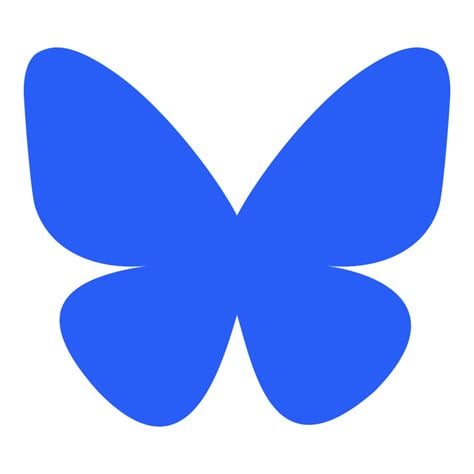 Share on bsky
Share on bsky
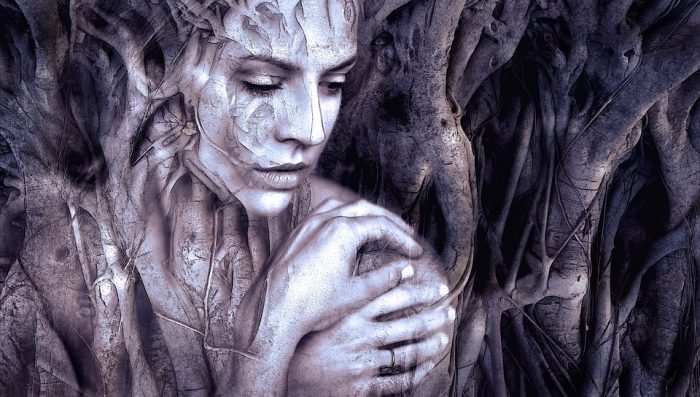

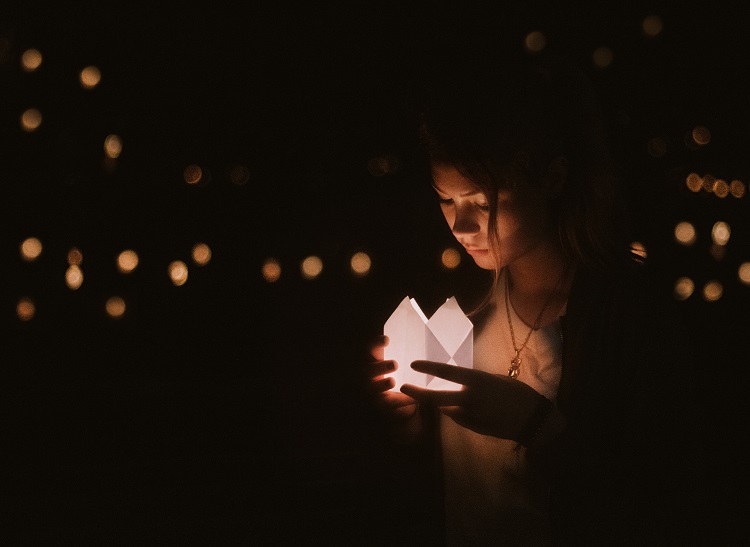
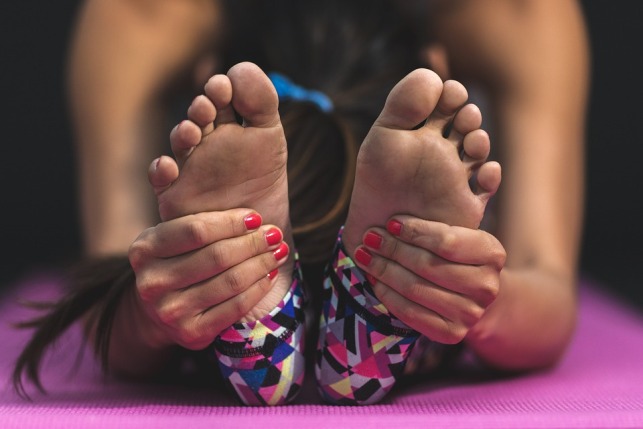

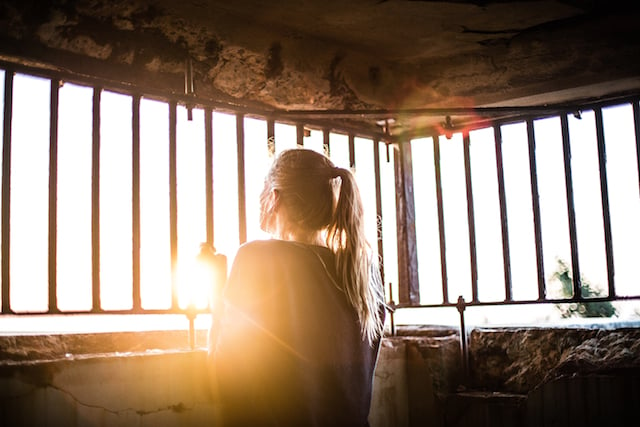
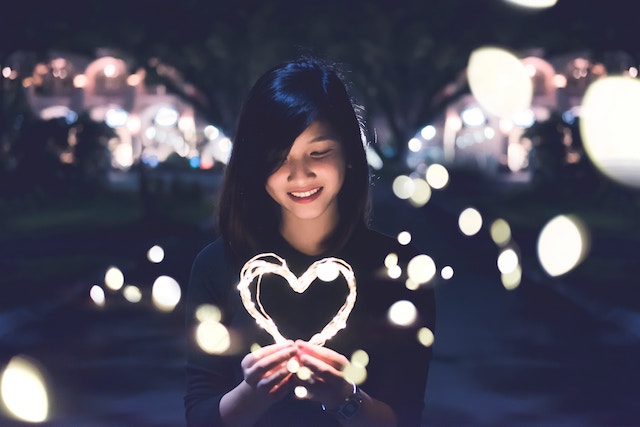

Read 2 comments and reply